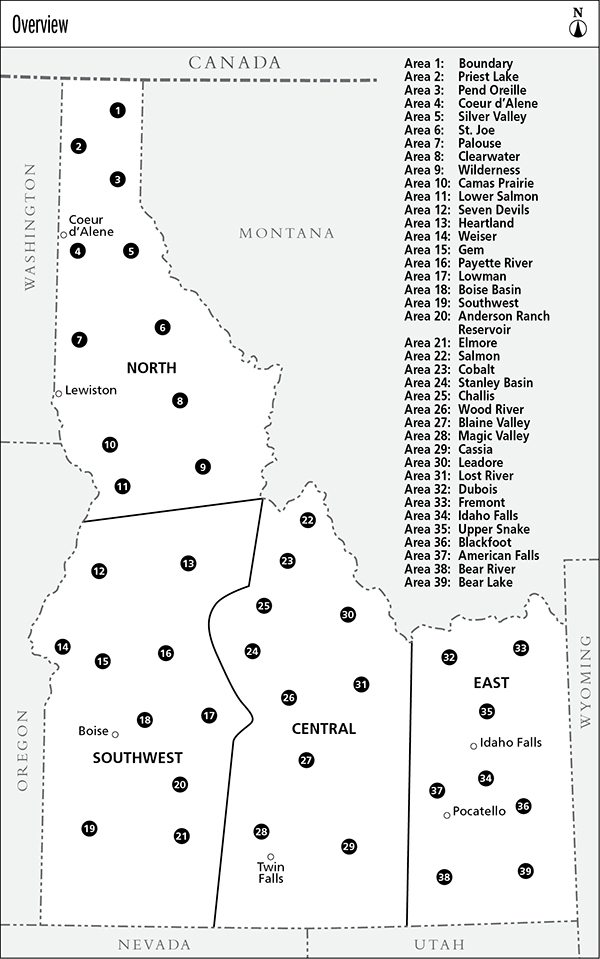Camping Idaho
Help Us Keep This Guide Up to Date
Every effort has been made by the author and editors to make this guide as accurate and useful as possible. However, many things can change after a guide is publishedcampgrounds open and close, grow and contract; regulations change; facilities come under new management, etc.
We would appreciate hearing from you concerning your experiences with this guide and how you feel it could be improved and kept up to date. While we may not be able to respond to all comments and suggestions, well take them to heart and well also make certain to share them with the author. Please send your comments and suggestions to the following address:
FalconGuides Reader Response/Editorial Department 246 Goose Lane Guilford, CT 06437
Or you may e-mail us at:
editorial@falcon.com
Thanks for your input, and happy travels!
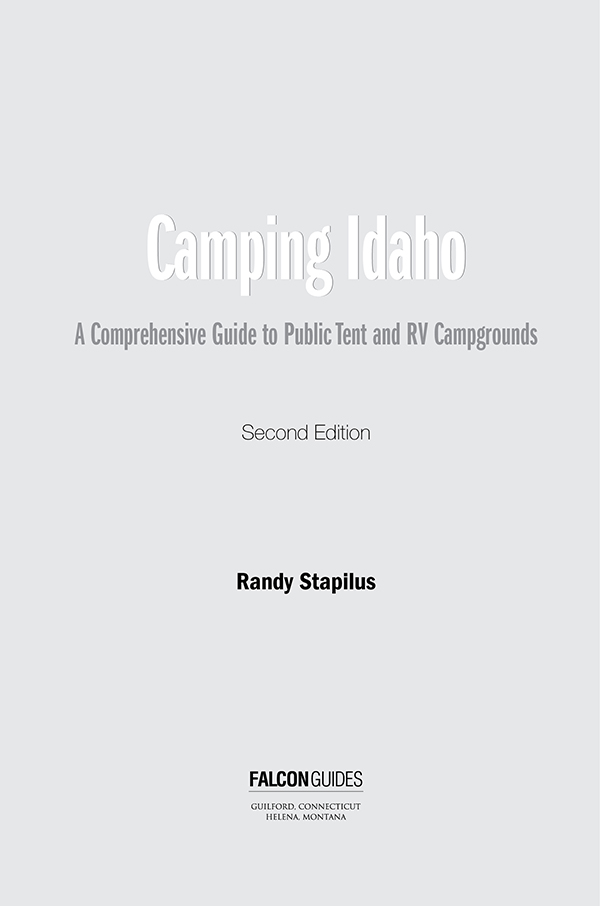
An imprint of Rowman & Littlefield
Falcon and FalconGuides are registered trademarks and Make Adventure Your Story is a trademark of Rowman & Littlefield.
Distributed by NATIONAL BOOK NETWORK
Copyright 2004, 2016 Rowman & Littlefield
All photos by Randy Stapilus unless otherwise noted.
Maps created by Trailhead Graphics The Globe Pequot Press
All rights reserved. No part of this book may be reproduced in any form or by any electronic or mechanical means, including information storage and retrieval systems, without written permission from the publisher, except by a reviewer who may quote passages in a review.
British Library Cataloguing-in-Publication Information available
ISSN 1548-2642
ISBN 978-1-4930-1934-2 (paperback)
ISBN 978-1-4930-1935-9 (e-book)
 The paper used in this publication meets the minimum requirements of American National Standard for Information SciencesPermanence of Paper for Printed Library Materials, ANSI/NISO Z39.48-1992.
The paper used in this publication meets the minimum requirements of American National Standard for Information SciencesPermanence of Paper for Printed Library Materials, ANSI/NISO Z39.48-1992.
The author and Rowman & Littlefield assume no liability for accidents happening to, or injuries sustained by, readers who engage in the activities described in this book.
Contents
Acknowledgments
People in Idaho love to criticize the federal agencies so visible around the state: the US Department of Agriculture Forest Service, the Bureau of Land Management (BLM), and others. At the risk of outraging a number of Idahoans, however, this must be said: The personnel of the forest service, BLM, and other agenciesfederal, state, and localhave without exception been wonderfully helpful in providing background information for this book. However many campgrounds you visit, however many campers you talk to (and we talked to plenty of campers and others in the course of researching the campgrounds), you still cant know enough about all of those campgrounds to develop a full, comprehensive picture without help from the people who actually manage them.
These very helpful people include (among many others) Clem Pope at the Krassel Ranger Station (Payette National Forest); Dennis Thompson and Jill Hill at the Burley District (Bureau of Land Management); Rick Just at the Idaho Department of Parks and Recreation; Bill Boggs at the Idaho Falls District (Bureau of Land Management); Sherri Lesch at the Weiser Ranger Station (Payette National Forest); Maury Young at the Montpelier Ranger Station (Caribou-Targhee National Forest); Ron Goold, campground host at Warm Lake (Payette National Forest); Mary Price at the St. Maries Ranger Station (Panhandle National Forest); Eileen Ball at the Palouse Ranger Station (Clearwater National Forest); Teresa Seloske at the Slate Creek Ranger Station (Nez Perce National Forest); Jan Albertson and Becky Nedrow at the Ashton Ranger Station (Caribou-Targhee National Forest); Pam Brown at the Burley office of the Bureau of Reclamation; Kathy Williams at the Malad Ranger substation (Caribou-Targhee National Forest); Melissa Fowler at the Lost River Ranger Station (Salmon-Challis National Forest); Dan Misciagna at the Bonners Ferry Ranger Station (Panhandle National Forest); and Dion Wilson at the Island Park Ranger Station (Caribou-Targhee National Forest).
Besides all these land managers, I got a great deal of help from land users, including Steve Pline, Marianne Konvalinka, and Bruce Perry.
Many thanks to the terrific editorial staff at Globe Pequot, especially Scott Adams, Cary Hull, and Charlene Patterson. And of course to Linda Watkins, who helped with every stage of this book and read the final edition.
Acknowledgments for the Second Edition
In addition to the people acknowledged in the first edition (some of whom helped anew, and all of whom set the base for this book), I should add a few more people:
Jason Kirchner, Patrick Thompson, Brian Harris, Jane Cropp, and Curtis Neppl of the forest service, Antonia Hedrick and Heather Feeney of the Bureau of Land Management Idaho office, and Gina Baltrusch of the US Army Corps of Engineers.
How to Use This Guide
Campgrounds are listed in this book by their relation to an easily located city, which should make planning your trip easier. Specific information on campgrounds includes the following:
Location: Distance and direction from the reference city.
Sites: Indicates how many camping sites are available and, in some cases, breaks them down by type of site (tent camping as opposed to RV spaces, where that is applicable).
Facilities: Available services, as of the time of our check on each campground, are noted here. These include availability of drinking water, toilets, fire rings, and so on.
Fee per night: Indicates the fees as this book went to press, but because fees are subject to change, we advise that you check ahead. These listings should, however, give you an idea of which campgrounds are more or less expensive. The prices generally refer to single as opposed to double or group sites.
$ = Less than $10
$$ = $10 to $15
$$$ = $16 to $20
$$$$ = More than $20
Elevation: Idahos campgrounds range in elevation from about 700 feet above sea level to more than 10,000 feet above.
GPS: Elevations are noted for each campground. Be careful of altitude illness issues around the few campgrounds in very high elevations.
Road conditions: Many of Idahos campgrounds are accessible by good roads, but some are extremely remote and on challenging roads. This guide generally does not cover campgrounds inaccessible from roads.
Management: This section tells you which agencyfederal, state, or localis responsible for this campground and provides contact information. In many cases, private concessionaires operate campgrounds for the public agencies.
Reservations: Indicates whether reservations can be made for a specific campground (some are first come, first served), and if so, how to make them.
Activities: What can you do once you get there? This list gives you an idea of your options at each campground.
Season: Here we indicate when each campground is open, but this can change from year to year, because many campgrounds are opened as snow clears away (and closed as it arrives). However, camping is tolerated in some campgrounds that technically are closed, though no services are provided there by the managing agency.




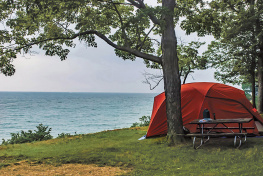
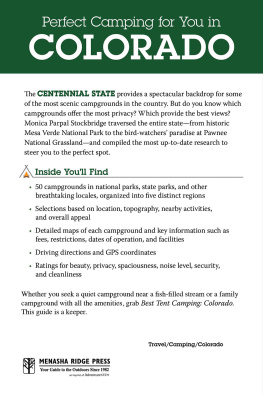
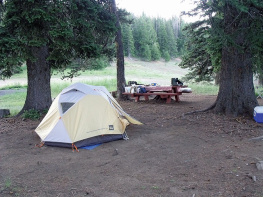
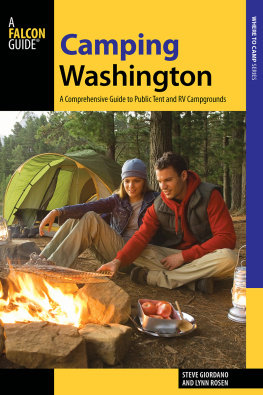
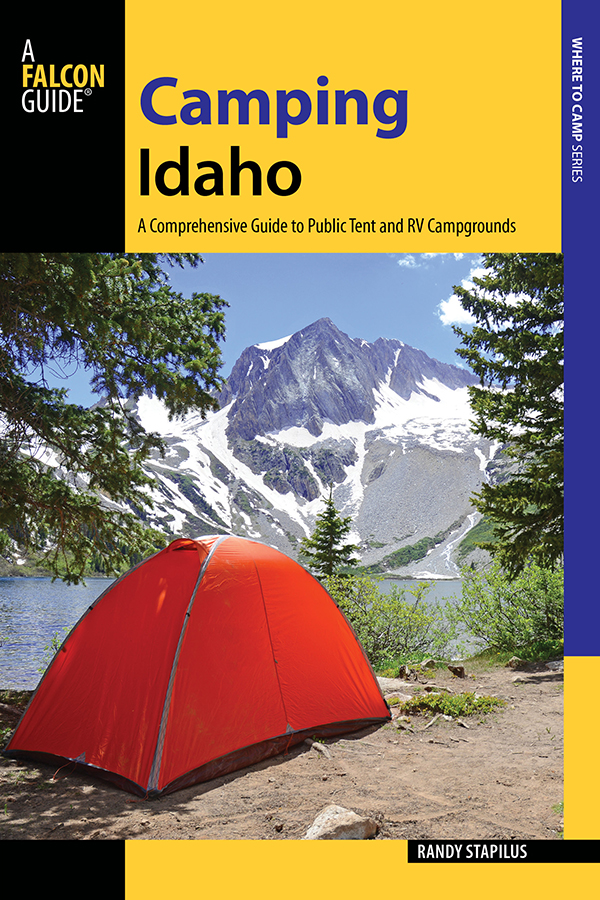


 The paper used in this publication meets the minimum requirements of American National Standard for Information SciencesPermanence of Paper for Printed Library Materials, ANSI/NISO Z39.48-1992.
The paper used in this publication meets the minimum requirements of American National Standard for Information SciencesPermanence of Paper for Printed Library Materials, ANSI/NISO Z39.48-1992.